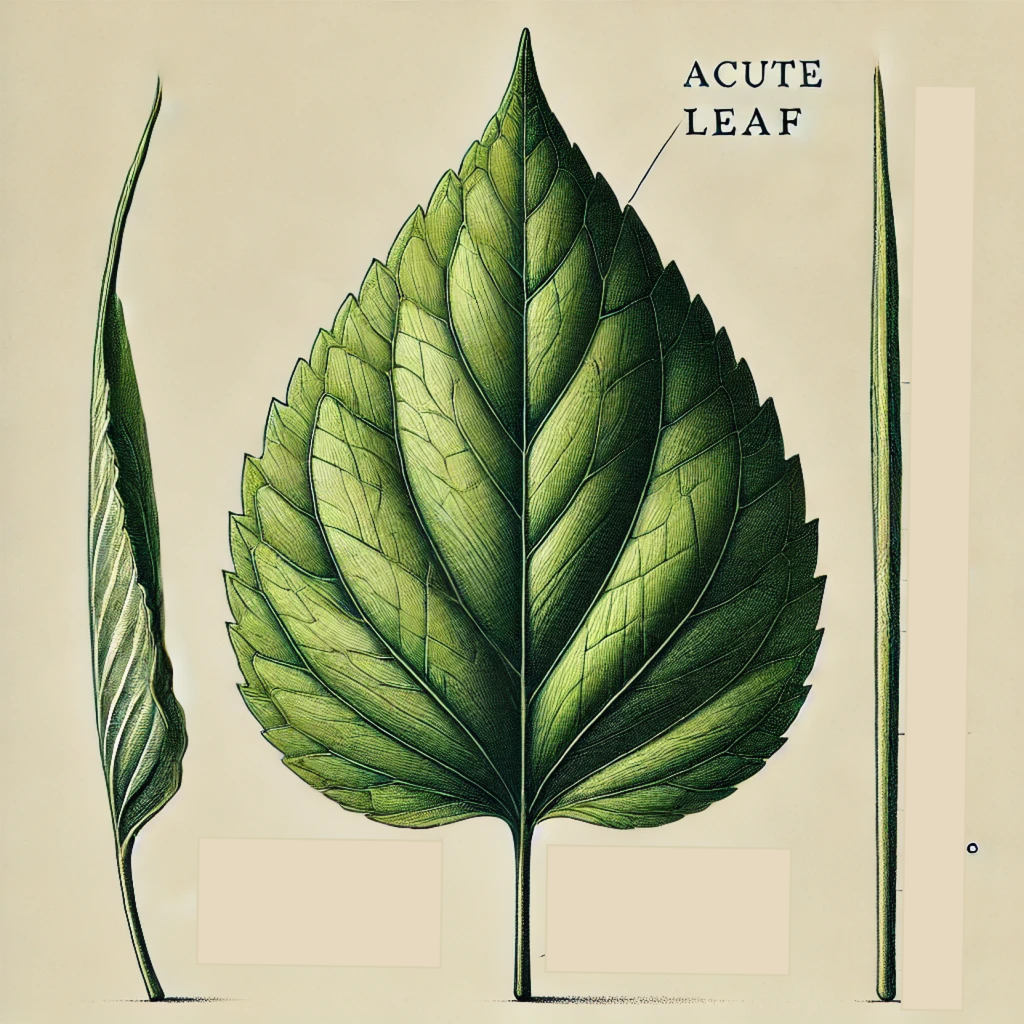In botany, the term acute refers to a plant part, typically a leaf or petal, that ends in a sharp, distinct point. Unlike an acuminate tip, which gradually narrows, an acute tip tapers more directly and often forms a less elongated point. This shape is commonly observed in many plants and is used to describe the angle formed at the apex.
Characteristics
- Shape: Tapers to a short, sharp point.
- Angle: The apex typically forms an angle less than 90 degrees.
- Margins: Straight or slightly curved near the tip.
Examples in Nature
- Elm Tree (Ulmus spp.): Leaves often feature acute tips.
- Holly (Ilex spp.): Some leaves have acute points along the margins.
- Many Grasses: Often exhibit acute leaf tips for aerodynamic and water-shedding efficiency.
Functional Significance
- Water Management: Acute tips may help direct water runoff.
- Streamlined Shape: May reduce wind resistance in exposed environments.
Tip: Incorporating plants with acute leaf shapes can add sharpness and definition to garden designs, especially when paired with broader or rounder foliage for contrast.


